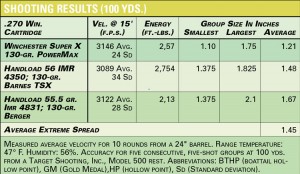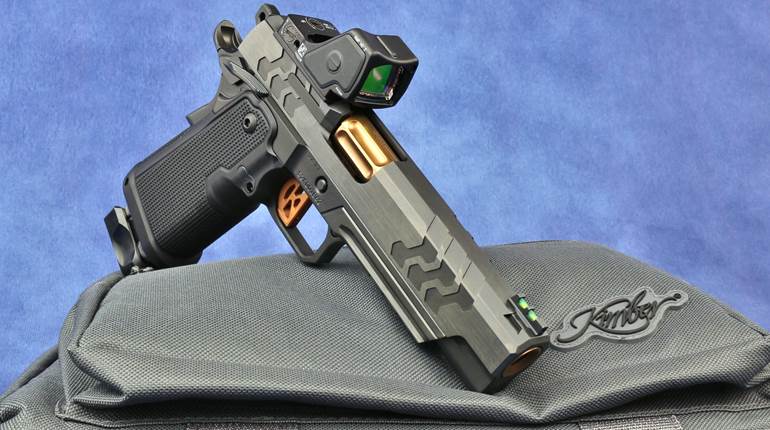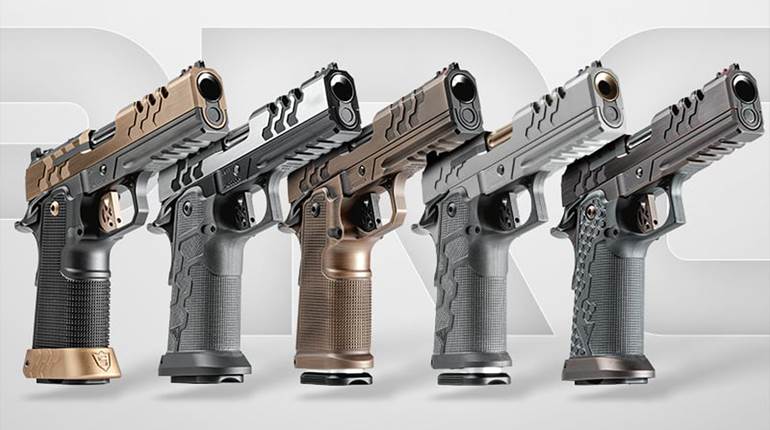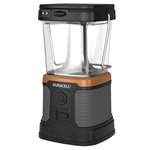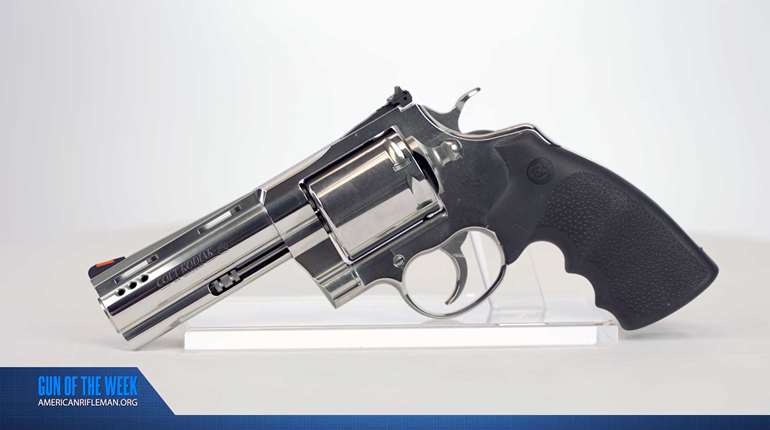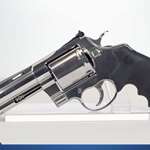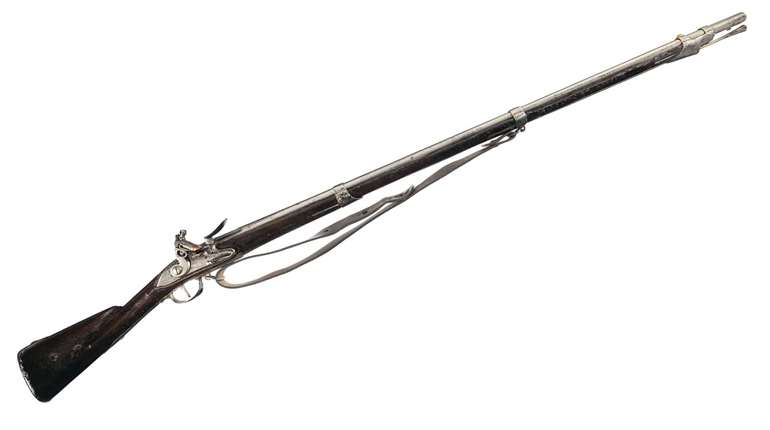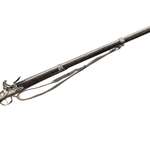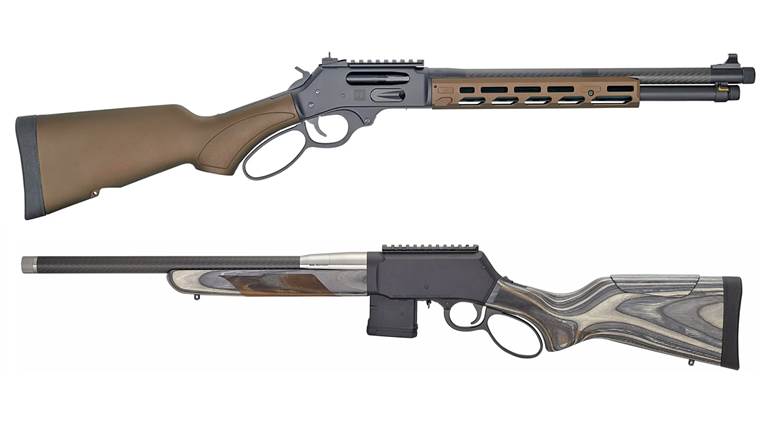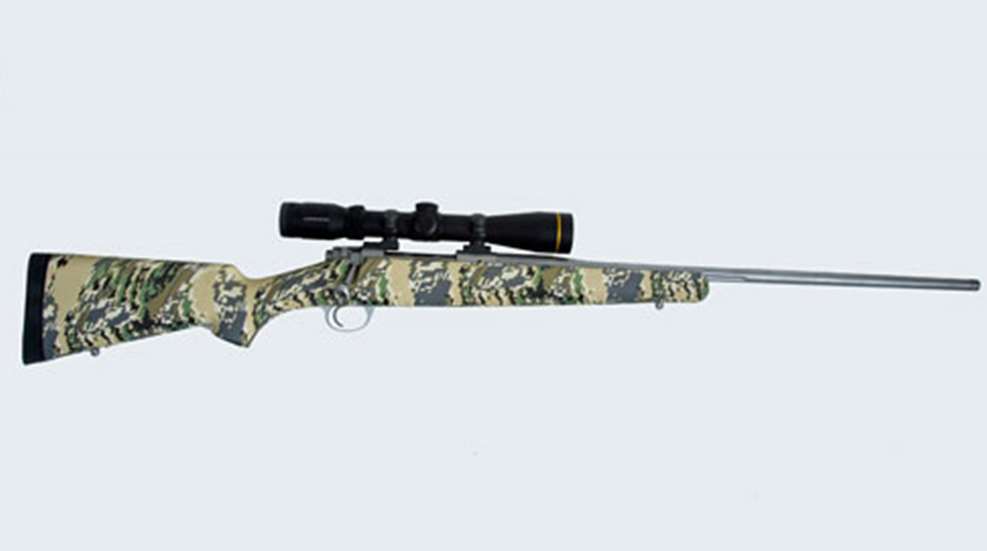
When I first opened the box to Kimber’s Mountain Ascent rifle my first thought was, “Where were you 35 years ago?” At that time I did quite a bit of hunting out of a backpack at elevations approaching 11,000 feet and every ounce was a literal pain to carry up those alpine mountain sides. The synthetic stock probably would have given me pause then, but once I had an opportunity to shoot it and see how well it performed, I would have heartily embraced it.
The Mountain Ascent is an obtusely skeletonized version of the company’s popular model 84 line of rifles. In the 84M, it chambers .308 Win.-length cartridges; the 84L handles .30-06-length cartridges. And when I say obtusely skeletonized, I mean it. In the past, riflemakers have typically turned down the diameters of barrels and, maybe, made a few lightening cuts on the receiver to remove weight from ultra-light rifles. Before the synthetic stock blew away traditional walnut stocks, gunmakers might also rout out some excess wood in the barrel channel and under the buttplate. This usually gave the hunter who craved a super-lightweight rifle a starting weight of 6 to 7 pounds, sans the scope and mount. The Mountain Ascent comes out of the box at a phenomenal 4 pounds, 13 ounces in the 84M configuration and 5 pounds, 5 ounces in the 84L version-as my test sample was.
Kimber has accomplished this incredible weight loss by removing every conceivable amount of non-necessary metal from tang to muzzle. First, there is no floor plate; the magazine box remains blued steel with a composite follower. The trigger guard is given a novel treatment with no forward tang; rather there is a small screw that engages the forward portion of the guard from within the inletting of the stock. Up front the receiver ring is trimmed to 1.142 inches in diameter, and the barrel is a mere 1.048 inches where it mates with the receiver. Typically most lightweight barrels are about 1.125 inches at that point. The barrel retains this diameter through the chamber area but rapidly tapers to 0.561 inches to a point about ½ inch from the muzzle where it is stepped down for threading for an enclosed muzzle brake. Four 8-inch flutes are cut into the barrel just forward of the chamber to remove even more weight. The bolt has a major diameter of 0.588 inches, slightly smaller than normal; diameter of the bolt lugs measures 0.788 inches. Three relatively deep spiral flutes remove some more weight for 3 ¾ inches of the bolt length. The Mauser-style claw extractor is just .340-inches wide and has three 0.125 x 0.418-inch slots piercing it to further reduce weight. Even the bolt handle has three lightening flutes along an already diminished diameter, and the knob is hollowed as well. This is true minimalist engineering.
The Kevlar/carbon-fiber stock weighs in at 1 pound, 10 ounces, and the 1-inch Pachmayr Decelerator recoil pad contributes about 11 ounces to that weight. It is finished in what Kimber calls its Optifade Open Country camo pattern, a more-or-less green digital camouflage. The stock is without checkering, but the finish is sticky enough to make the lack of checkering a non-issue. It is pillar bedded and held to the barreled action with two hex-head screws.
The Mountain Ascent comes with a muzzle brake, which initially induced a case of the vapors in me until I noticed the thread protector that was also included. Yes, a rifle weighing a bit over 6 pounds is going to smack you harder than a heavier one, even when chambered for a relatively mild cartridge as the .270 Win. Nonetheless, I still maintain that if you cannot handle the recoil of a lightweight rifle without a muzzle brake, it might be time to learn-unless you happen to be one of those who believe hearing aids are a fashion accessory. Each person has the right to make that choice for themselves, but you don’t have the right to trash your companions’ hearing.
Flyweight rifles have a reputation for being finicky about the ammunition a given example prefers. A couple of my favorite handloads performed so-so at the range, but Winchester’s 130-grain Super X Power Max with its bonded-core hollow point beat my loads by just a bit. Like all ultra-lights, the Mountain Ascent needs to have just the right amount of restraint on the bench to show its inherent accuracy. If you shoot it like any standard-weight rifle with little or no restraint, it will flop around like a mackerel on the deck of a party boat. Too much, or an inconsistent restraint on the rifle will yield groups reminiscent of an improved cylinder shotgun. Finding just the right amount often takes some time-and ammo.
The dedicated foot hunter will likely fall in love with the Mountain Ascent. Besides being lightweight, it’s pretty accurate to boot. And it, after all, is a Kimber. The design is classic control-round-feed; its trigger is crisp and light enough to extract the most accuracy from this rifle, and the stock-while it doesn’t have the panache of Claro walnut-is impervious to just about anything. It is pure a hunting rifle all the way through.
Manufacturer: Kimber American; (888) 243-4522; Kimberamerica.com
Model: Kimber M84L Mountain Ascent Rifle
Action: Bolt
Caliber: .270 Win. (tested); .280 AI, .30-06
Barrel: Fluted 24"; 1:9.5” RH twist
Trigger: Single stage 3.5 lbs.
Magazine: Blind integral box
Sights: None, drilled and tapped for scope mounts
Safety: Three-position
Stock: Synthetic; length of pull: 13.75"; drop at heel: 0.54"; drop at comb: 0.43"
Overall Length: 43.75"
Weight: 5 lbs., 5 oz.
Metal Finish: Stainless steel
Accessories: Muzzle brake, wrench, cable lock, thread protector
Suggested Retail Price: $2,040
